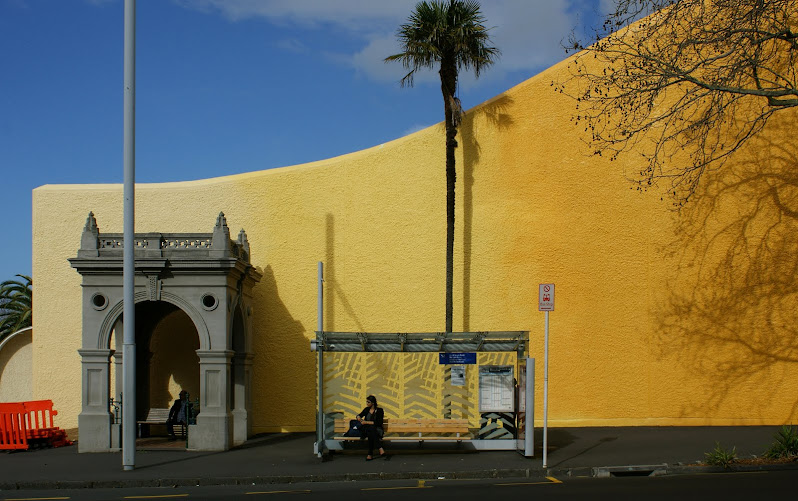"Simpson and his Donkey" was painted by Horace Millichamp Moore-Jones in 1918. It depicts a medic evacuating a wounded soldier during the ill-fated Gallipoli campaign of WWI.
Moore-Jones had thought the Anzac medic was John Simpson Kirkpatrick, an Englishman who (as John Simpson) enlisted with the Australian Imperial Forces when war broke out. And as time went on, most of Australia thought so too...
However, the medic was actually a New Zealander, Richard (Dick) Henderson, a Waihi-born man who was a teacher in Auckland when he enlisted in 1914.
Moore-Jones' most widely-recognised art work was not painted at the battlefront, but from a photo taken by Dunedin medic, James Jackson, who identified the subject as Richard Henderson.
Moore-Jones' depiction of the soldier and his donkey was done when the artist was touring his watercolours in Dunedin in 1918, three years after the Gallipoli landings. He altered the composition of the photo to make for a more dramatic painting.
This week, the art was bought by a private buyer and will remain in New Zealand. It's value was estimated at $150-200K but sold for $257,950.
The artist Moore-Jones died in a Hamilton fire in 1922, still believing he had painted Simpson.
While not wishing to denigrate John Simpson's work at Gallipoli, it should be recognised that his heroic exploits have been seriously inflated over the years.
The "Simpson" legend stemmed from an account in a 1916 book Glorious Deeds of Australasians in the Great War. This was a wartime propaganda effort, and its stories of Simpson, supposedly rescuing 300 men and making dashes into No Man's Land to carry wounded out on his back, are demonstrably untrue.
In fact, transporting that many men down to the beach in the three weeks that he was at Gallipoli would have been an impossibility, given the time the journey took. However, the stories in the book were widely accepted by many, including the authors of subsequent books on Simpson.
The few contemporary accounts of Simpson at Gallipoli do speak of his bravery in bringing wounded down from the heights above Anzac Cove through Shrapnel and Monash Gullies. However, his donkey service spared him the even more dangerous and arduous work of hauling seriously wounded men back from the front lines on a stretcher.
Simpson landed at Gallipoli on 25 April 1915 and was killed by machinegun fire on 19 May 1915.
There've been movies based on the Simpson legend, statues erected, and even calls for a posthumous Victoria Cross.
But the real man in the picture, NZ stretcher-bearer Richard (Dick) Henderson, served in Gallipoli and later on the Western Front. He was awarded a Military Medal for repeatedly rescuing wounded from the battlefield while under heavy fire at the Battle of the Somme. Seriously gassed at Passchendaele in Oct.1917, he spent several months convalescing in England before repatriation to NZ in Feb.1918.
Henderson did not recover from the effects of the gas. He went back to teaching, but became blind in 1934 and was obliged to stop working. He remained in poor health for the rest of his life, and died in Greenlane Hospital, Auckland, on 14 November 1958.
The real 'medic with donkey' rests in Akld's Waikumete Cemetery, Soldiers' Burial Row 11, Plot 111.
Perhaps the painting should hang as acknowledgement of all medics, stretcher-bearers, nurses and doctors in fields of conflict...







No comments:
Post a Comment